United States
Astronaut by top nations
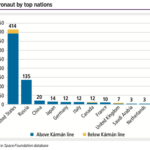
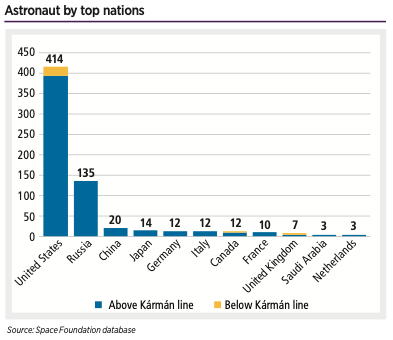
The majority of astronauts (95%) have also reached the Kármán line at 100 km — the internationally recognized boundary of space.
Global space activity by category, 2007-2027
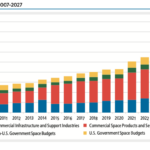
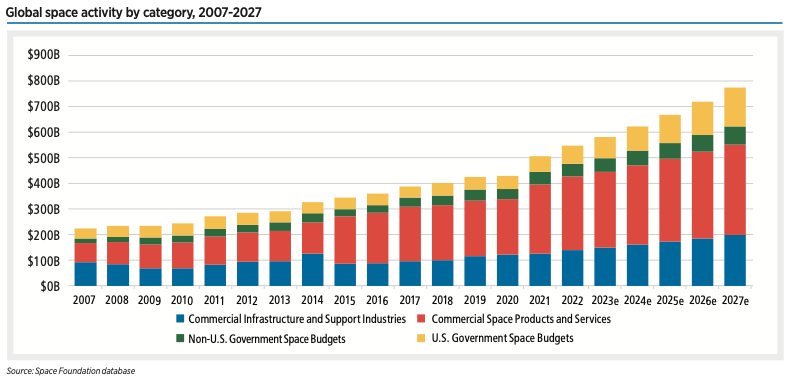
The global space economy totaled $546 billion in 2022, 8% higher than 2021 — and it could reach $772 billion by 2027, according to Space Foundation analysis. Commercial space continues to make up the majority (78%) of this total, but preliminary data shows that 81% of governments with space programs increased spending in 2023.
As launch failures grow, satellite operators are more resilient to risk

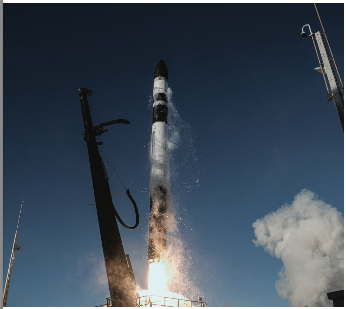
Increasing annual launches and new players in the launch market have led to several notable payload delivery failures over the past few years.
U.S. Private Sector Space Employment Shows Steady Growth
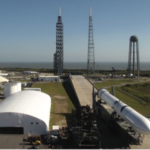
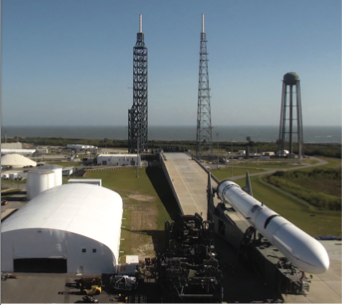
Monitoring trends in this workforce across private, civil, and national security sectors and examining changes in wages and location of employment provides insight into broader space industry dynamics.
2 U.S. spaceports gain funds amid huge upswing in launch pace
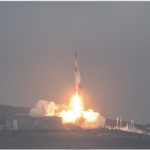
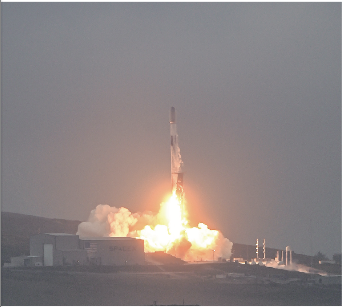
In the last decade, Cape Canaveral Space Force Station (the Cape) in Florida and Vandenberg Space Force Base in California have supported more launches than other U.S. launch facilities.
SNAPSHOT: Global space economy
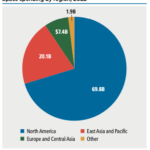
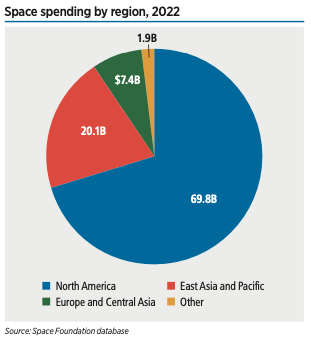
The global space economy totaled $546 billion in 2022, 8% higher than 2021 — and it could reach $772 billion by 2027, according to Space Foundation analysis.
NASA Civil Servant Workforce, FY 2013-2023
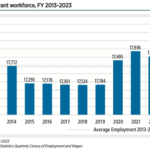
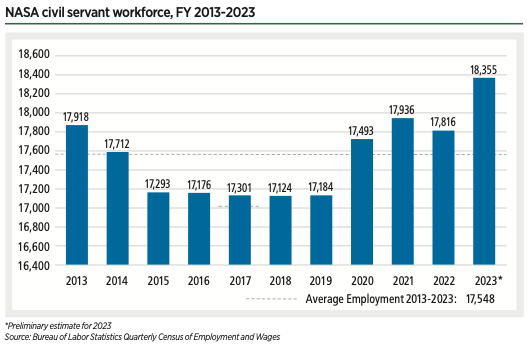
NASA employed approximately 18,372 employees in 2023. This is an increase of 3.1% over employment in 2022.
U.S. space private industry employment, 2012-2023
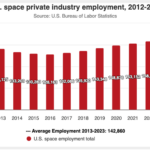
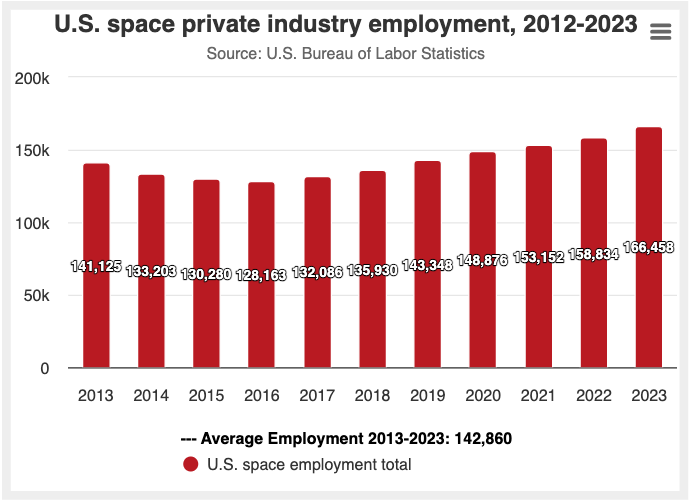
Some experts in the space sector worry that high inflation may put significant pressure on aerospace firms as the cost of materials increases rapidly.
2020s is the busiest decade for Moon landings in 50 years
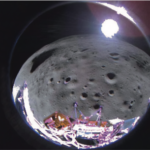
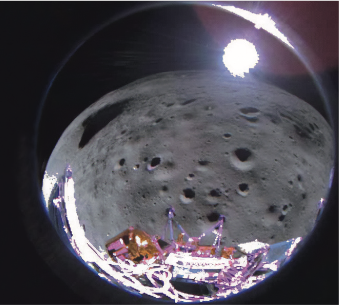
In the span of six months from 2023 to 2024, three countries landed spacecraft on the Moon, and many more are in the works.
Budget proposals deny increases to NASA, Space Force
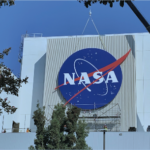
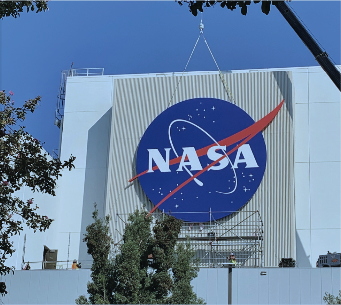
Federal space budgets would shrink in 2025 under a March proposal issued by President Joe Biden. The budget, which comes after several years of spending increases on space programs, has been tied to NASA layoffs and program delays.